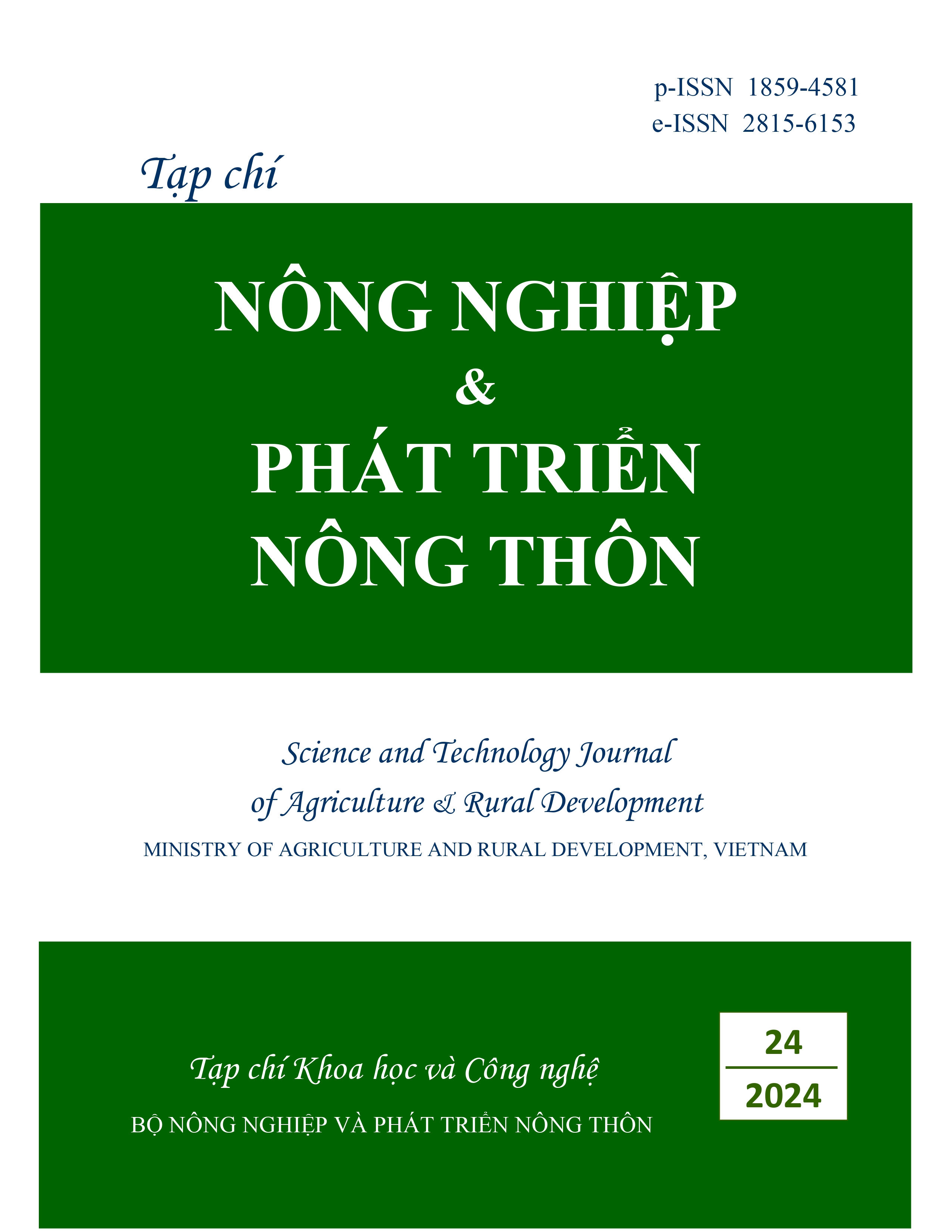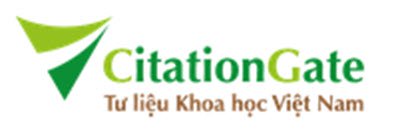Impact of tourism on forest resource management in Can Gio mangrove bioscopy reserve
DOI:
https://doi.org/10.71254/8gh7x447Keywords:
Can Gio, ecotourism, biosphere reserve, mangrove forest, livelihoodAbstract
Can Gio Mangrove Biosphere Reserve has strengths in mangrove ecosystems, sea, agriculture, culture and beliefs... creating favorable conditions for developing agriculture - forestry - fishery, small - scale industry, tourism and services. Using the method of inheriting data and sociological survey tools on tourists and tourism service providers, SWOT analysis assesses the impact of tourism on forest resources, environment, forest management and conservation, thereby promoting strengths and solutions to minimize negative impacts. The research area has 3 eco - tourism spots/areas with 4 types of tourism exploited including resort, entertainment, recreation (22.0%); picnic, nature exploration; adventure tourism (46.0%); sightseeing, studying ecosystems (21.3%) and community tourism (10.7%). The service supply system includes 6 main groups of activities: Accommodation services (10.8%), transportation (23.1%), food and beverage (43.1%), agricultural and aquatic product supply (46.2%), souvenir business (12.3%) and local tour guides (6.1%). Tourism services depend heavily on resources, environment, weather and biodiversity, with 9 factors constituting competitiveness at 3 tourist destinations/areas. Dan Xay Ecotourism Site is considered the most outstanding. The study has identified strengths, weaknesses, opportunities and challenges and proposed solutions for state management agencies, businesses and people to develop sustainable tourism.






